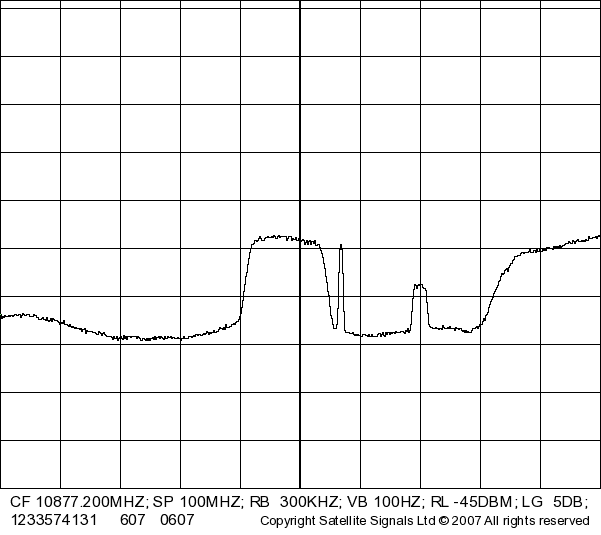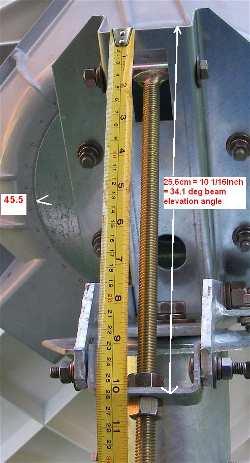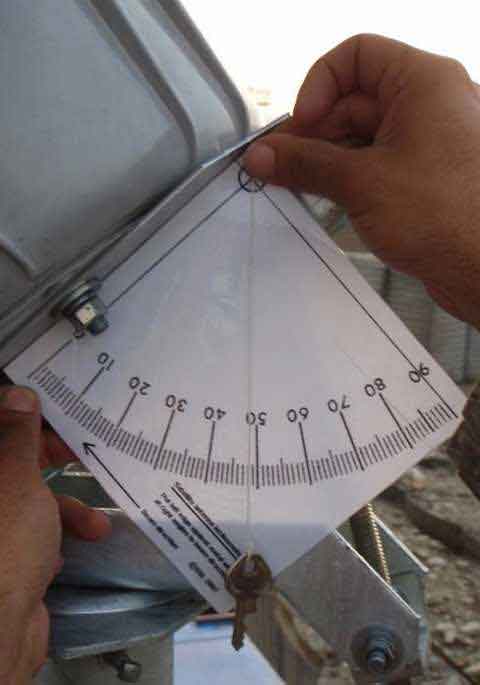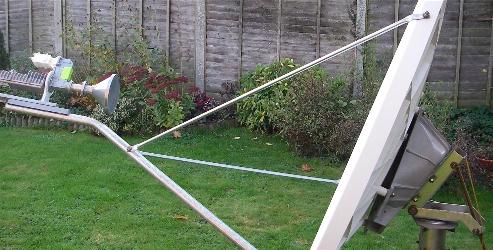| Home Login Register |
| Satellite Internet forum › HughesNet and Hughes HX VSATs › HX 50 dish pointing - HELP |
|
Pages: 1
|
HX 50 dish pointing - HELP(Read 6938 times) |
|
soundtek86
Member
★★ Offline Posts: 7 |
Jan 31st, 2009 at 6:52pm
|
| Back to top |
IP Logged
|
|
Eric Johnston
Senior Member
★★★ Offline Posts: 2109 |
Reply #1 - Feb 1st, 2009 at 9:02am
|
| Back to top |
IP Logged
|
|
soundtek86
Member
★★ Offline Posts: 7 |
Reply #2 - Feb 1st, 2009 at 9:17am
|
| Back to top |
IP Logged
|
|
Eric Johnston
Senior Member
★★★ Offline Posts: 2109 |
Reply #3 - Feb 1st, 2009 at 9:51am
|
| Back to top |
IP Logged
|
|
soundtek86
Member
★★ Offline Posts: 7 |
Reply #4 - Feb 1st, 2009 at 1:15pm
|
| Back to top |
« Last Edit: Feb 2nd, 2009 at 12:13pm by Admin1 »
IP Logged
|
|
Eric Johnston
Senior Member
★★★ Offline Posts: 2109 |
Reply #5 - Feb 1st, 2009 at 1:59pm
|
| Back to top |
« Last Edit: Feb 2nd, 2009 at 11:57am by Admin1 »
IP Logged
|
|
soundtek86
Member
★★ Offline Posts: 7 |
Reply #6 - Feb 1st, 2009 at 2:59pm
|
| Back to top |
« Last Edit: Feb 2nd, 2009 at 11:59am by Admin1 »
IP Logged
|
|
Eric Johnston
Senior Member
★★★ Offline Posts: 2109 |
Reply #7 - Feb 1st, 2009 at 4:16pm
|
| Back to top |
« Last Edit: Feb 2nd, 2009 at 12:20pm by Admin1 »
IP Logged
|
|
soundtek86
Member
★★ Offline Posts: 7 |
Reply #8 - Feb 2nd, 2009 at 10:41am
|
| Back to top |
IP Logged
|
|
James-BW
Senior Member
★★★ Offline Posts: 65 |
Reply #9 - Feb 2nd, 2009 at 2:02pm
|
| Back to top |
www.freedomsat.com a high-speed Satellite Internet solution that delivers fast and reliable internet to difficult to connect spots around the world.
IP Logged
|
|
soundtek86
Member
★★ Offline Posts: 7 |
Reply #10 - Feb 2nd, 2009 at 8:41pm
|
| Back to top |
IP Logged
|
|
Eric Johnston
Senior Member
★★★ Offline Posts: 2109 |
Reply #11 - Feb 2nd, 2009 at 11:11pm
|
| Back to top |
« Last Edit: Feb 20th, 2015 at 5:08pm by Admin1 »
IP Logged
|
|
soundtek86
Member
★★ Offline Posts: 7 |
Reply #12 - Feb 3rd, 2009 at 7:07am
|
| Back to top |
IP Logged
|
|
James-BW
Senior Member
★★★ Offline Posts: 65 |
Reply #13 - Feb 4th, 2009 at 3:59pm
|
| Back to top |
www.freedomsat.com a high-speed Satellite Internet solution that delivers fast and reliable internet to difficult to connect spots around the world.
IP Logged
|
|
Pages: 1
|
Email me: eric@satsig.net
Powered by YaBB 2.5.2!
YaBB Forum Software © 2000-. All Rights Reserved.
Disclaimer, Terms of Use and Privacy Forum User Agreement Forum rules Cookie policy.







